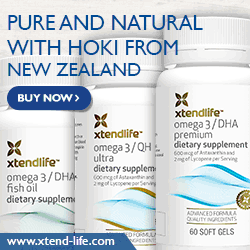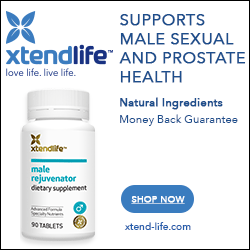Yale Report: Fast Food Marketing to Kids Has Increased
The Rudd Center for Food Policy & Obesity at Yale University recently released a detailed report on fast food nutrition and marketing to kids. The conclusions aren’t pretty:
New Haven, Conn. — Children as young as age 2 are seeing more fast food ads than ever before, and restaurants rarely offer parents the healthy kids’ meal choices, according to a new study from Yale’s Rudd Center for Food Policy & Obesity. The new evaluation, the most comprehensive study of fast food nutrition and marketing ever conducted, shows that fast food marketers target children across a variety of media and in restaurants. In addition, the study finds that restaurants provide largely unhealthy defaults for the side dishes and drinks that come with kids’ meals. The detailed findings of this study will be presented in Denver today during the American Public Health Association’s annual meeting.
…”Despite pledges to improve their marketing practices, fast food companies seem to be stepping up their efforts to target kids,” said lead researcher Jennifer L. Harris, Ph.D., M.B.A., director of marketing initiatives at the Rudd Center. “Today, preschoolers see 21% more fast food ads on TV than they saw in 2003, and somewhat older children see 34% more.”
Key study findings include:
…The restaurant environment does not help steer people toward the healthier selections:
- Most fast food restaurants have at least one healthy side dish and beverage option for a kids’ meal, but the healthy options are rarely offered as the default.
- Even though McDonald’s and Burger King show only healthy sides and beverages in child-targeted advertising, the restaurants automatically serve french fries with kids’ meals at least 86% of the time, and soft drinks at least 55% of the time.
- Companies facing increasing pressure about portion sizes are renaming, rather than eliminating, their biggest sides and drinks. At Burger King, for example, a 42-ounce “King” drink is now the “large” option; the former “large” 32-ounce drink is now a “medium”; the former “medium” 21-ounce drink is now a “small”; and the former “small” 16-ounce drink is now the “value” option.
A 32 oz. drink is now a “medium?” 32 oz. is a full quart!
At any rate, it’s depressing reading. Even if childhood obesity wasn’t a major issue, I’d still have problems with pushing fast food to kids, due to the overall poor nutritional profile of the main menu offerings (not great for growing children) and the excessive amounts of sodium.
Click here for a copy of the report, “Fast Food f.a.c.t.s. – Evaluating Fast Food Nutrition and Marketing to Youth.”




December 20, 2010
Yale Report: Fast Food Marketing to Kids Has Increased – http://blog.ultimatefatburner.com/2010/1…
December 21, 2010
America has become the country for “super sized” foods and drinks. It’s hard to believe that a 32oz drink is a “medium”. This trend just keeps going.
It is bad that they don’t offer more healthy options for kids. However most places offer at least one healthy side. It is up to the parents to make sure that’s what the child gets.
I think the reason the ads have increased so much is that they are successful. Target the child, very little parental control, equals high profits.
December 21, 2010
Advertisers have so many more ways to get to kids today too, so it’s harder to screen this stuff out. When my kids were younger, they didn’t watch much TV or look at kiddie magazines, so they weren’t barraged with ads. Now, with social media, online vids, product-based web sites/games, etc. it’s tougher for kids to avoid seeing them.
Still, parents aren’t helpless pawns. Beyond learning to hear the word “no,” my kids also learned why this stuff wasn’t great. And they also learned how to resist peer-pressure (for example, my daughter had no qualms about revealing to her classmates – in response to a teacher’s question – that she didn’t drink soda. She got all kinds of polite-but-puzzled queries as a result, but standing out from the crowd didn’t faze her in the slightest).
But it’s work, doncha know. And you have to understand the nature of commercial propaganda in order to resist it, and teach kids to do the same. You can’t exert parental control in the absence of self-control or awareness.